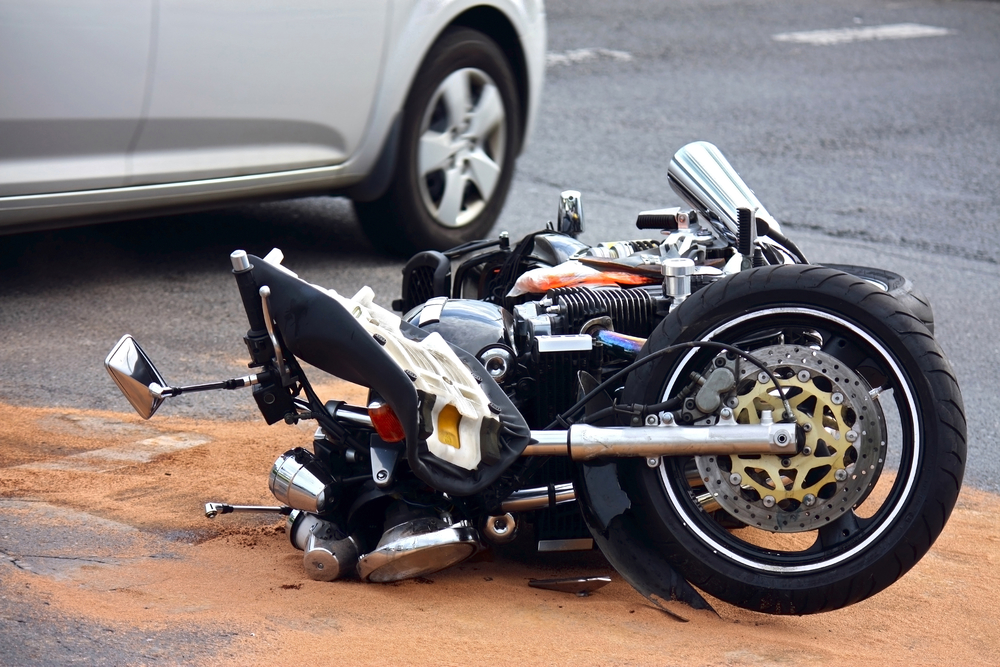Ridership Is Changing; Cause of Accidents … Not So Much
Motorcycling is undergoing a profound transformation in the United States. First off, it’s exploded. The number of motorcycles in use topped 12 million in 2018, 2 million more than in 2014, according to the Motorcycle Industry Council. Riders are older on average as retiring baby boomers and frustrated commuters heed the call of the open road. And more riders are women, now nearly one in five.
What hasn’t changed much are the leading causes of motorcycle crashes, injuries and deaths: unsafe speed, poor weather/road conditions, no helmet, distracted driving/drivers, inexperience and the highest rate of alcohol impairment on the road.
Let’s take a closer look.
Who’s Riding, Who’s at Risk?
So who’s riding motorcycles? And who is the most at risk for a crash? There are three groups that are changing motorcycle culture:
- As the boomer population of the United States ages, more older people are dying in motorcycle crashes. The 40-and-older age group made up 49% of motorcyclists killed in 2007 as compared to 54% of those killed in 2016. While motorcyclist deaths had been declining since the early 1980s, the trend reversed in 2000 and has more than doubled along with the growing number of boomer riders.
- Women are joining the motorcycle club faster than ever! In 1998, only 8% of motorcycle owners were women. By 2018, female ownership had increased to 19%. As more women choose to ride, manufacturers and bike organizations are scrambling to meet the demand for size-appropriate motorcycles and riding gear for women.
- Supersport bikes are often the motorcycle of choice for the younger crowd. Sales have been climbing for these fast, dangerous bikes as millennial riders age and have the income to afford a motorcycle. According to the Insurance Institute for Highway Safety (IIHS), supersport bikes account for over half of all fatal crashes involving motorcycle drivers.
How to Purchase and Safely Ride
Your Motorcycle
Whether buying your first motorcycle, upgrading or just interested in a safer ride, keep these safety tips in mind before hitting the road:
- Don’t buy more bike than you can handle. When shopping for a bike, start with one that fits you. When seated, you should easily be able to rest both feet flat on the ground without having to be on tiptoes. Handlebars and controls should be within easy reach. Choose a model that’s easy for you to get on and off the center stand; if it feels too heavy, it probably is.
- Invest in antilock brakes (ABS). Now available on a wide array of models, antilock brakes are a proven lifesaver. ABS helps you retain steering control during an emergency stop, and it can be especially valuable in slippery conditions. This critical feature is now standard on many high-end models and adds only a few hundred dollars to the price of more basic bikes. You may be able to offset some of the cost with an insurance discount.
- Take a riding course. A Motorcycle Safety Foundation course or similar class can teach you the basics, as well as advanced techniques such as how to perform evasive emergency maneuvers. You may also be eligible for an insurance discount and, in some states, skip the road test and/or the written test as part of licensing. Some motorcycle manufacturers offer a credit toward the cost of a new motorcycle or training if a rider signs up for an MSF course. The MSF website lists about 2,700 course locations around the country.
- Wear a helmet. Helmets are estimated to be 37% effective in preventing fatal injuries to motorcycle riders, 41% for passengers. The National Highway Traffic Safety Administration estimates that helmets saved the lives of 1,859 motorcyclists in 2016. If all motorcyclists killed that year had worn helmets, an additional 802 lives may have been saved. Best choice is a full-face helmet that’s approved by the Department of Transportation.
- Wear the right gear. You want gear that will protect you from wind chill, flying bugs and debris, and road rash if you should slide out. For maximum protection, go for a leather or other reinforced jacket, gloves, full pants and over-the-ankle footwear, even in summer. Specially designed jackets with rugged padding and breathable mesh provide protection as well as ventilation for riding in warm weather. You’ll also want effective eye protection like a helmet visor or goggles. And gear in bright colors will make it easier for drivers to see you.
- Be defensive. The truth is, motorcycle riders face a much greater risk of death in a crash – 28 times more likely in fact – than the occupants of a motor vehicle. Motorists frequently “don’t see” motorcyclists, a problem that has only grown worse with distracted driving.Drive defensively by pretending you are invisible. Be alert to cars suddenly changing lanes, turning in front of you, or pulling out from side streets. Keep a safe following distance, both to ensure enough time to stop or react to debris in the road. And driving between cars side-by-side on a two-lane road or on the shoulder is inviting trouble.
